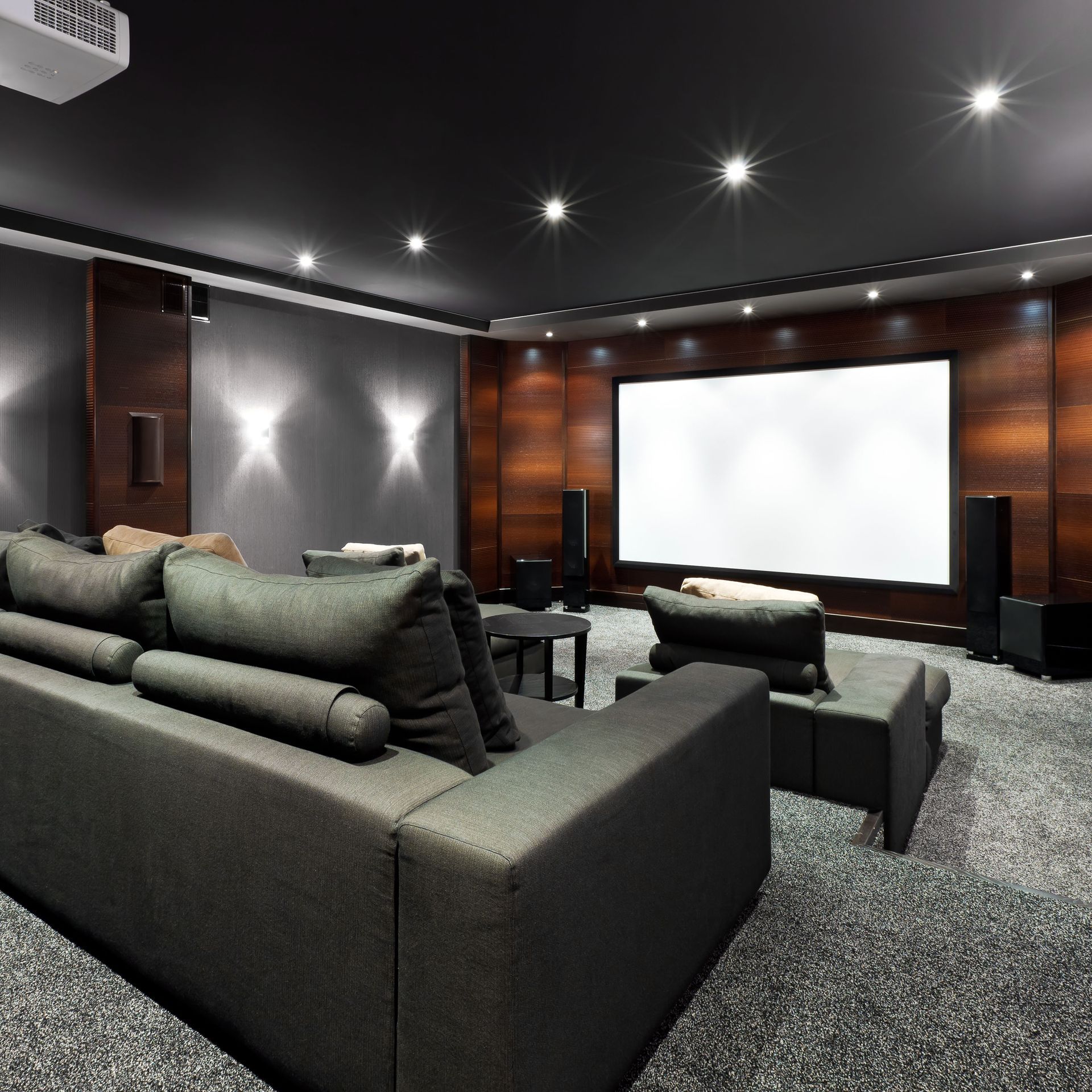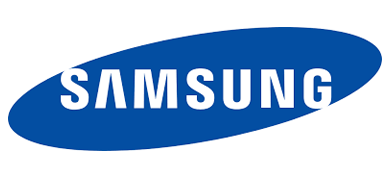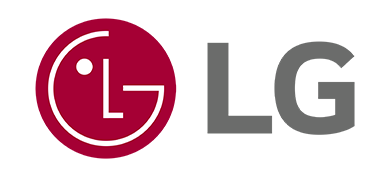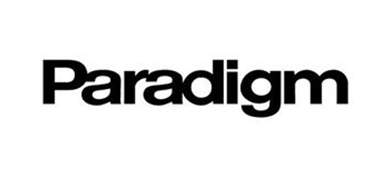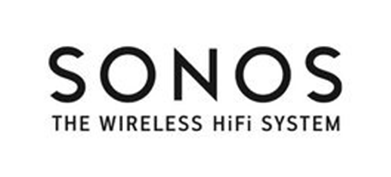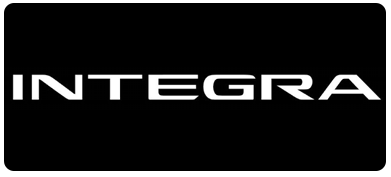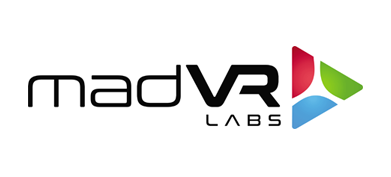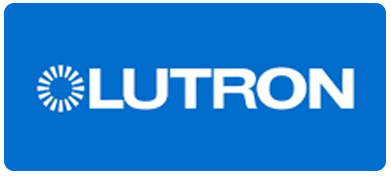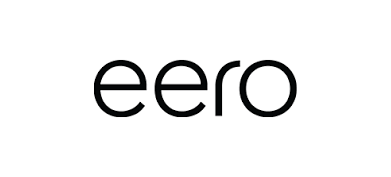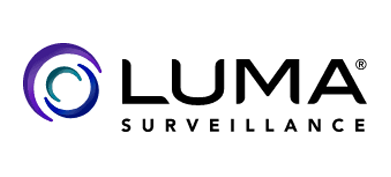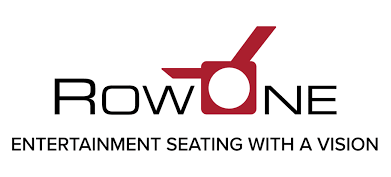October 24, 2025
Upgrading home entertainment systems can significantly enhance your audiovisual experience, offering the latest in technology and comfort. This article will guide you through the essential features to consider ensuring you get the most enjoyment and value from your investment. In today's rapidly evolving technological landscape, keeping pace with the latest advancements is crucial for maximizing comfort and entertainment at home. The market is flooded with options, making it essential to understand what features truly matter when upgrading your home entertainment system. According to Markets and Markets, the global smart home market is projected to reach approximately $133.3 billion in 2025. We will explore key aspects across various components of modern home setups, ensuring you make informed decisions for an exceptional entertainment environment.
Display Technology
Screen Size and Resolution
Choosing the right screen size is a pivotal decision in enhancing your viewing experience. Larger screens create a more immersive experience, but it's crucial to match the screen size to the room's dimensions for optimal viewing comfort. Resolution also plays a significant role, with 4K and 8K technologies offering unparalleled clarity and detail. For those who enjoy high-definition content, having a television with higher resolution can make a significant difference. Always consider the price, as larger sizes and higher resolutions may increase the overall cost.
When contemplating an upgrade, it's essential to balance screen size and resolution. While bigger may seem better, viewers should ensure the screen isn't so large that it overwhelms the space or becomes awkward to view. Resolutions like 4K are increasingly becoming the norm, providing excellent image quality signals for movies, games, and streaming services. Modern televisions may also offer features like High Dynamic Range (HDR), which works to enhance color and contrast. With rapid technological advances, future-proofing your investment by choosing a screen with a resolution that will remain relevant is wise.
The decision between various display technologies should align with the user's specific needs and preferences. While some individuals value the aesthetics of sleek designs and big screens, others may prioritize performance features like refresh rates and color accuracy. Understanding the technology behind different displays can guide users to make choices that are both practical and satisfying. As the market for smart home devices grows to reach approximately USD 133.3 billion by 2025, having compatible display options will be vital. Ultimately, the screen is the centerpiece of the entertainment experience, making careful selection crucial.
OLED vs. LED
Understanding the key differences between OLED and LED displays is fundamental when upgrading your home entertainment system. OLED, or Organic Light Emitting Diode, offers superior picture quality with deeper blacks and more vivid colors due to its ability to control each pixel's brightness individually. In contrast, LED displays, while typically more cost-effective, utilize a backlight that can sometimes result in less accurate color representation. Choosing between the two often depends on personal preference and budgetary constraints. OLEDs typically offer higher resolutions, which can be elegantly paired with devices providing high-definition content.
LED televisions provide several advantages that might appeal to the cost-conscious consumer. They generally have a longer lifespan than OLEDs and are less susceptible to screen burn-in, a phenomenon where static images leave a permanent imprint on the screen. However, they may not provide the same level of contrast or the rich visual experience that OLEDs are known for. With continued advancements, both OLED and LED technologies are constantly evolving, meaning upgrading could bring significant improvements in viewing experiences. It's important for consumers to assess what individual features are most important for their specific viewing habits.
The decision to choose OLED or LED should be informed by both the user's viewing needs and financial considerations. While OLED provides exceptional picture quality, it typically comes with a higher price tag. LED, with its greater energy efficiency and cost-effectiveness, might be more appealing to those upgrading on a budget. Many technology enthusiasts suggest considering how you use the display to guide your choice; movie lovers might lean towards OLED, whereas general TV watchers might opt for LED. With the global smart home market rapidly expanding, ensuring your display technology integrates seamlessly with other home automation systems is essential.
Refresh Rates
Refresh rates are pivotal when considering an upgrade to your home entertainment system, particularly for optimal motion handling in fast-paced content. Refresh rate refers to the number of times per second that a display device updates its buffer; higher rates can equate to smoother and more fluid motion. Standard refresh rates for modern televisions are around 60Hz, but with increasing media demands, options of 120Hz or even 240Hz are available. These higher rates are especially beneficial for avid gamers or viewers of fast-action sports, where precise motion is crucial. Higher refresh rates can complement other technologies like high definition and HDR to deliver a comprehensive viewing experience.
While higher refresh rates can offer benefits, they also often come with a higher cost. Viewers should determine their primary use for their television to decide whether ultra-high refresh rates are genuinely necessary. For example, if your primary use is watching cinema films at home, then a 60Hz refresh rate may suffice, as it's perfectly adequate for most standard viewing materials. As the entertainment industry continues to innovate, displays capable of higher performance will likely become more common in home media environments. Higher refresh rates can provide a more future-proof solution, particularly if you want your setup to remain cutting-edge.
The technical jargon surrounding refresh rates can often be confusing, leading to a cloud of assumptions and expectations. Consumers are advised to conduct thorough research and consider factors such as personal viewing habits and long-term usage when evaluating different products and their refresh rates. Some televisions offer features like motion smoothing, which can be manually adjusted to meet personal preference, providing further flexibility in managing refresh rate features. A balanced approach ensures an ideal viewing experience without unnecessary expenditure. With the smart home market projected to grow significantly, ensuring your display technology aligns with broader connectivity advancements remains pivotal.
Smart TV Capabilities
Smart TV capabilities have revolutionized the way consumers interact with their home entertainment systems. Today's smart TVs offer a comprehensive range of applications that integrate streaming services, internet browsing, and connectivity with smart home devices. This integration provides a seamless experience that allows for easy access to a world of content, directly from your television. With the advent of remote conveniences like voice control, managing your entertainment system has never been more intuitive. These advanced features make smart TVs an exceptional choice for those looking to balance entertainment with modern technology integration.
The choice between different smart TVs generally comes down to the ecosystem and app compatibility they offer. Some smart TVs are integrated with platforms such as Android, Roku, or Amazon Fire, each bringing a unique suite of apps and services. When choosing a smart TV, evaluating the app ecosystem that aligns with your preferences can greatly enhance your overall viewing experience. Many users appreciate televisions with user-friendly interfaces that offer smooth navigation and quick access to their favorite apps and streaming services. Enhanced connectivity options can also allow smart TVs to seamlessly connect with various smart home devices, creating a unified technology environment.
The rapidly expanding market for smart home products emphasizes the importance of selecting a smart TV with forward-looking capabilities. While some consumers may view smart TVs simply as a gateway to streaming content, they actually represent a central hub for a fully connected living space. Considering the projected growth of the smart home market to USD 133.3 billion by 2025, investing in a smart TV that integrates well with other home automation systems offers substantial long-term benefits. Assessing factors like app compatibility, UI design, and connectivity options will align your entertainment system well with future advancements. Be sure to reach out to HS Integration today for more information on our professional home entertainment systems!
